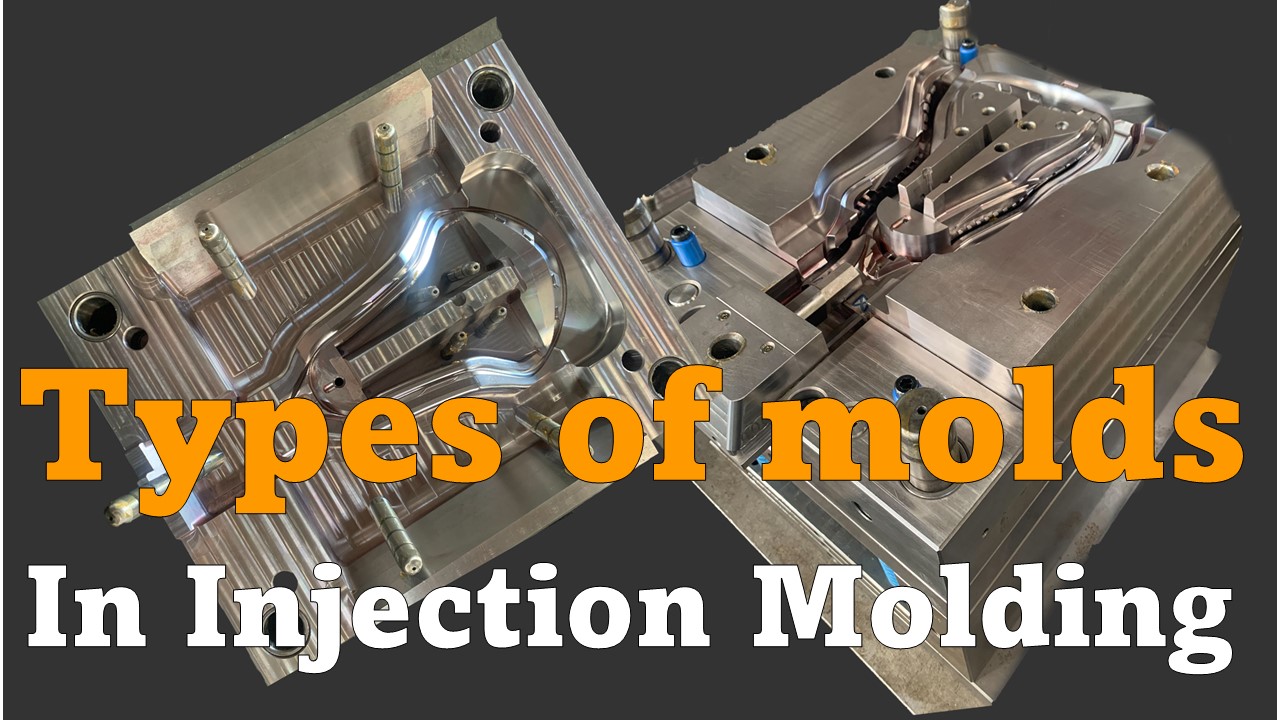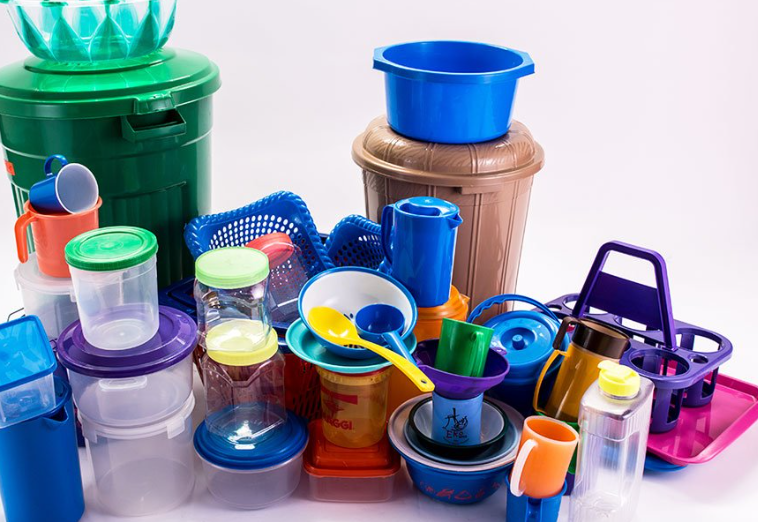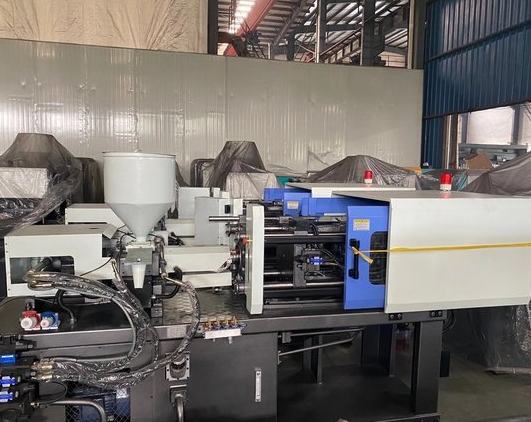Plastic injection moulding is classified by process type, material used, mould design, and machine technology.
Types of Plastic Injection Moulding Processes
Plastic injection moulding stands as a versatile method for producing plastic parts and components. This process involves melting plastic pellets and injecting the molten plastic into a mould under high pressure. Once the plastic cools and solidifies, manufacturers remove it from the mould, revealing the final product. The classification of injection moulding processes varies based on the technique and material used, each offering unique benefits and specific applications.

Conventional Injection Moulding
Conventional injection moulding, often known as standard injection moulding, is the most common method in the industry. This process starts by feeding plastic pellets into a heated barrel. A screw mechanism then mixes and melts the pellets, pushing the molten plastic through a nozzle into a mould cavity. The plastic cools and hardens into the shape of the mould. This technique excels in mass production due to its high efficiency and speed, often used for producing a wide range of products from automotive parts to consumer goods. Manufacturers appreciate its cost-effectiveness for large-scale production, but the initial setup costs and mould expenses can be significant.
Gas-Assisted Injection Moulding
Gas-assisted injection moulding introduces an additional step to the conventional process. After injecting the molten plastic into the mould, manufacturers inject nitrogen gas, creating hollow channels within the part. This method reduces material usage and weight, leading to lower costs and more efficient production. It also enhances the strength and aesthetic appeal of the finished product. However, the complexity of gas-assisted moulds increases the initial investment and requires precise control over the gas injection process.
Structural Foam Moulding
Structural foam moulding incorporates a foaming agent into the plastic material, which creates a cellular structure within the moulded part. This process produces parts with a high strength-to-weight ratio, making it ideal for large, sturdy components used in construction and industrial applications. The foam structure not only adds strength but also reduces material usage and overall weight. While structural foam moulding offers distinct advantages in producing strong, lightweight parts, it requires specialized equipment and expertise, which can elevate the production costs.
Thin-wall Injection Moulding
Thin-wall injection moulding focuses on producing parts with very thin walls, often less than 1 millimeter thick. This technique is suitable for high-speed production of packaging materials, containers, and other consumer goods. Thin-wall moulding demands precise control over the injection process to ensure uniform wall thickness and avoid defects. It enables the production of lightweight parts with minimal material usage, contributing to cost savings and environmental benefits. The key challenge lies in achieving consistent quality, as the thin walls are prone to warping or defects without precise process control.
Materials Used in Plastic Injection Moulding
Plastic injection moulding employs a variety of materials, each with unique properties and applications. The choice of material significantly impacts the final product’s characteristics, including durability, flexibility, and resistance to temperature or chemicals. The primary materials used in this process are thermoplastics, thermosetting plastics, and biodegradable plastics.
Thermoplastics
Thermoplastics are polymers that become pliable or moldable upon heating and return to a solid state upon cooling. Popular thermoplastics include polyethylene (PE), polypropylene (PP), polycarbonate (PC), and acrylonitrile butadiene styrene (ABS). These materials are favored for their versatility and recyclability. For instance, PE offers excellent chemical resistance and toughness, making it suitable for containers and piping. PP, known for its fatigue resistance, is ideal for automotive parts and consumer goods. PC provides high impact strength and transparency, perfect for eyewear and safety equipment. ABS combines the strength of styrene polymers with the toughness of polybutadiene rubber, widely used in electronic housings and automotive components. The cost of thermoplastics varies, but their ease of processing and wide range of applications make them a popular choice in injection moulding.
Thermosetting Plastics
Thermosetting plastics, unlike thermoplastics, undergo a chemical change when heated, creating a rigid, infusible structure. Common thermosetting plastics include epoxy, phenolic, and silicone. Epoxy resins offer high strength and adhesion, ideal for aerospace and electronic applications. Phenolic plastics, known for their heat resistance and electrical insulating properties, are used in electrical components and kitchenware. Silicone stands out for its flexibility and heat resistance, making it suitable for cookware and medical devices. Thermosetting plastics are generally more expensive than thermoplastics due to their specialized properties and the complexity of processing. However, they are indispensable in applications requiring high thermal stability and chemical resistance.
Biodegradable Plastics
Biodegradable plastics represent an environmentally friendly alternative in injection moulding. These plastics, such as polylactic acid (PLA) and polyhydroxyalkanoates (PHA), decompose naturally under specific conditions. PLA, derived from renewable resources like corn starch, is used in packaging, disposable tableware, and medical implants. PHA, produced by microorganisms, finds applications in agricultural mulch films and controlled-release drug delivery systems. While biodegradable plastics offer the advantage of reducing environmental impact, their cost is typically higher than conventional plastics. Additionally, their properties, such as mechanical strength and thermal resistance, may not match those of traditional plastics, limiting their use in some applications.
Mould Design and Classification
In plastic injection moulding, mould design and classification play a crucial role in the quality, efficiency, and cost of the manufacturing process. Moulds come in various designs, each tailored to meet specific production requirements. Key types include two-part moulds, multi-cavity moulds, and stack moulds. These designs differ in their construction, complexity, and the types of parts they produce.
Two-Part Moulds
Two-part moulds, also known as two-plate moulds, are the simplest and most common mould design in injection moulding. They consist of two halves: the cavity side and the core side. When the mould closes, these two halves form the part cavity where the plastic is injected.
- Key Features:
- Simplicity in design and operation.
- Lower manufacturing costs compared to more complex moulds.
- Ideal for simple part geometries.
- Challenges:
- Limited to producing parts without undercuts or complex geometries.
- May have visible parting lines on the finished product.
This design is widely used for its cost-effectiveness and straightforward operation, making it a popular choice for large-scale production of simple parts.
Multi-Cavity Moulds
Multi-cavity moulds contain multiple cavities of the same or different designs, allowing for the simultaneous production of multiple parts per injection cycle.
- Key Features:
- Increased production efficiency, producing multiple parts per cycle.
- Cost savings on a per-part basis due to higher output rates.
- Uniform quality across all cavities if well-designed.
- Considerations:
- Higher initial design and manufacturing costs.
- Requires precise mould balancing to ensure uniform filling of all cavities.
Stack Moulds
Stack moulds are advanced mould designs featuring multiple levels of part cavities, effectively doubling or tripling production capacity without increasing the machine size.
- Key Features:
- Significantly higher production output without needing larger machines.
- Efficient use of machine space and energy.
- Challenges:
- Complex design leads to higher manufacturing and maintenance costs.
- Requires precise alignment and handling to avoid defects.

Injection Moulding Machine Types
Injection moulding machines are pivotal in the plastic manufacturing industry, with different types offering various advantages in terms of efficiency, cost, and quality. The main categories are hydraulic, electric, and hybrid injection moulding machines. Each type has its own set of characteristics that make it suitable for specific applications.
Hydraulic Injection Moulding Machines
- Advantages:
- Strong clamping force, suitable for large parts.
- Generally more affordable than electric machines.
- High durability and long lifespan.
- Disadvantages:
- Lower energy efficiency compared to electric machines.
- Slower cycle times.
- Typical Specifications:
- Clamping force ranges from 5 to 6,000 tons.
- Costs vary, but generally lower than electric machines.
Electric Injection Moulding Machines
Electric injection moulding machines use electric servomotors for all operations, offering precise control and energy efficiency.
- Advantages:
- Higher energy efficiency, reducing operational costs.
- Faster cycle times and more precise control.
- Quieter operation.
- Disadvantages:
- Higher initial investment.
- Less suitable for very large or high-tonnage moulding.
- Typical Specifications:
- Clamping force ranges from 5 to 850 tons.
- Generally more expensive than hydraulic machines.
Hybrid Injection Moulding Machines
- Advantages:
- Balanced energy efficiency and clamping force.
- Suitable for a wide range of applications.
- Often more affordable than fully electric machines.
- Disadvantages:
- Complexity in maintenance due to combined systems.
- Higher initial cost than purely hydraulic machines.
- Typical Specifications:
- Clamping force ranges widely, suitable for various applications.
- Costs are intermediate between hydraulic and electric machines.
Hybrid machines are versatile, offering a middle ground between the robustness of hydraulic machines and the precision of electric ones.
| Machine Type | Clamping Force | Energy Efficiency | Cycle Time | Cost | Suitability |
|---|---|---|---|---|---|
| Hydraulic | 5 – 6,000 tons | Lower | Slower | Lower | Larger Parts |
| Electric | 5 – 850 tons | Higher | Faster | Higher | High Precision |
| Hybrid | Varied | Balanced | Moderate | Intermediate | Versatile |

Quality and Precision in Injection Moulding
Achieving high quality and precision in injection moulding is essential for producing parts that meet strict specifications and performance standards. This aspect of production focuses on two main areas: precision moulding techniques and quality control in injection moulding. Each plays a crucial role in ensuring that the final products are of the highest quality and precision.
Precision Moulding Techniques
Precision moulding techniques are critical for producing parts with tight tolerances and complex geometries. These techniques involve specific practices and technologies to enhance the precision of the injection moulding process.
- Key Practices:
- Use of high-precision moulds with tight tolerances.
- Implementation of advanced process control technologies for consistent quality.
- Adoption of specialized injection moulding processes like micro-moulding for intricate parts.
- Benefits:
- Increased part accuracy and consistency.
- Reduced waste and lower production costs due to fewer defects.
- Enhanced capability to produce complex and intricate parts.
- Considerations:
- Higher initial costs for precision moulds and equipment.
- Need for skilled operators and technicians to manage the precision processes.
Precision moulding is essential in industries where even minor deviations can significantly impact the product’s performance, such as in medical devices, aerospace, and electronics.
Quality Control in Injection Moulding
Quality control in injection moulding encompasses a range of practices and measures to ensure that each part meets predefined standards and specifications.
- Key Measures:
- Rigorous inspection of raw materials to ensure quality before production.
- Regular maintenance and calibration of injection moulding machines.
- Implementation of in-process quality checks and final product inspections.
- Advantages:
- Consistent product quality and reliability.
- Reduced risk of defects and product failures.
- Increased customer satisfaction and brand reputation.
- Challenges:
- Requirement for additional resources and time for quality control measures.
- Balancing the need for quality with production speed and efficiency.




